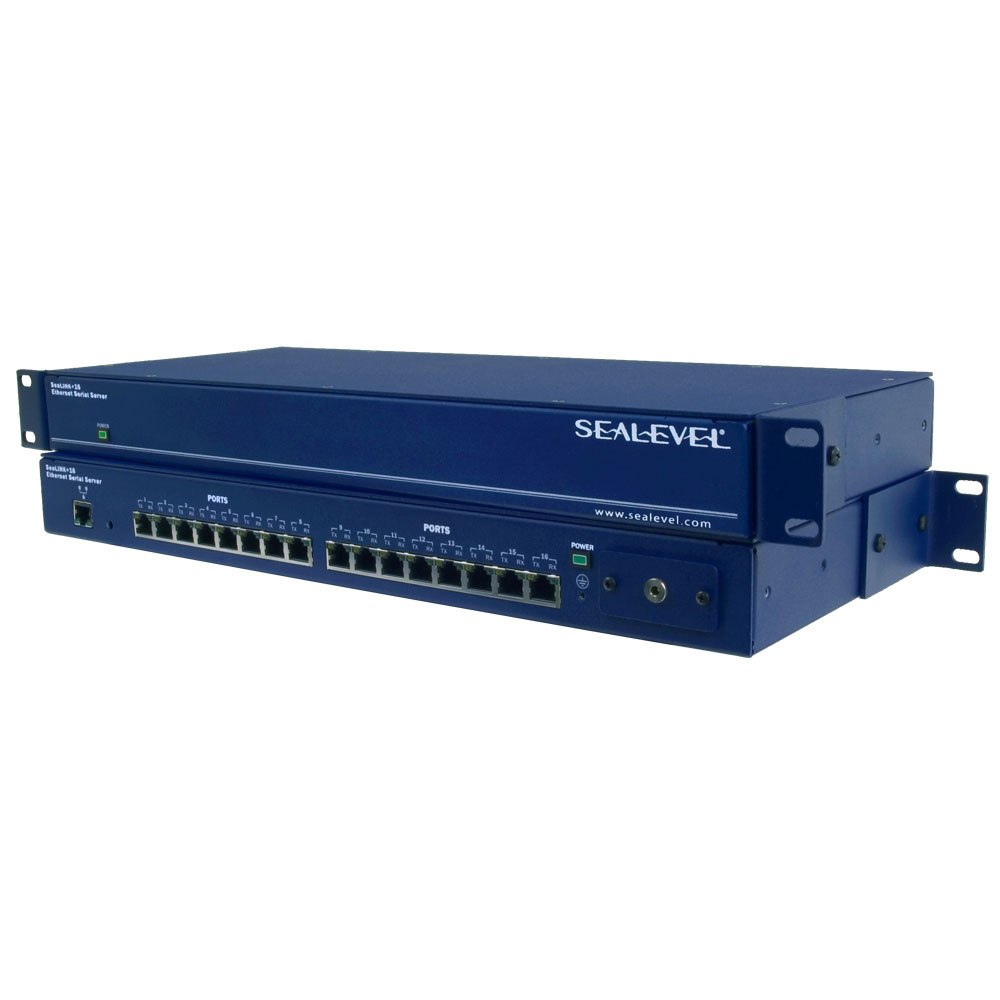What is Industrial Ethernet?

Bob Metcalfe first developed Ethernet in 1972 to link a Xerox computer to a printer. It communicated over a single cable shared by all devices on the network, allowing the network to expand and add more devices. Now, Ethernet is used by virtually all industries to quickly transfer data. It separates streams of information into frames which contain portions of data. These frames contain information to direct the network to properly route the data.
As technology has advanced however, so have communication needs. Enter industrial Ethernet.
What are the differences between Ethernet and industrial Ethernet?
Standard or commercial Ethernet is used in office/retail spaces for basic automation and integration. The cables have standard jacketing and its connectors are often snap-in lock mechanisms.
Industrial Ethernet is used in applications where machinery is densely packed and environmental specifications require rugged features. Industrial Ethernet is capable of multiple functions, has higher standard jacketing, sealed connectors, fast network redundancy and a wide temperature range.
Industrial applications require determinism that integrates time scheduling. A delay in communication between equipment can have major implications such as material loss and a decline in productivity, and industrial Ethernet supports protocols that guarantee the data will be sent and received at specific times, every time.
With transmission rates from 10 Mbit/s through 1000 Mbit/s and simultaneous protocol use, industrial Ethernet reduces the complexity of operating different fieldbus systems and eliminates communication issues.
Applications for Industrial Ethernet
Manufacturing
Industrial Ethernet communications are valuable in manufacturing applications for controlling production processes and automation. The Ethernet protocols detect malfunctions in equipment and immediately halt production, preventing material loss and possible equipment damage.
Military
Ethernet is used in a multitude of military applications because of its interoperability, ruggedness and connection speed. Specifically, industrial Ethernet is an invaluable piece of the future digital soldier as it connects the advanced weapon and communication systems.
Transportation
Industrial Ethernet is regularly used in traffic control and transit system applications. It meets the real-time control needs of these industries by allowing remote management with multiple levels of redundancy while being resistant to environmental conditions.
Oil & Gas
Like transportation applications, oil and gas industries use industrial Ethernet to remotely monitor their systems. Its rugged features can withstand the vibrations, shocks and extreme temperatures of rigs and plants and its deterministic protocols ensure reliable data transfer.

Industrial Ethernet Serial Servers
SeaLINK® industrial Ethernet serial servers offer the easiest way to connect RS-232, RS-422 and RS-485 serial devices to your Ethernet network. All SeaLINK devices use industry-standard TCP/IP protocol enabling any host to access serial ports as virtual COM ports. Designed using a powerful embedded microprocessor, SeaLINK products are able to communicate over multiple ports at sustained data rates up to 230Kbps.
Dual – or Greater – Ethernet Ports for Efficiency & Security
Ethernet to RS-232 Base Station Interface: A Case Study
Categories:
